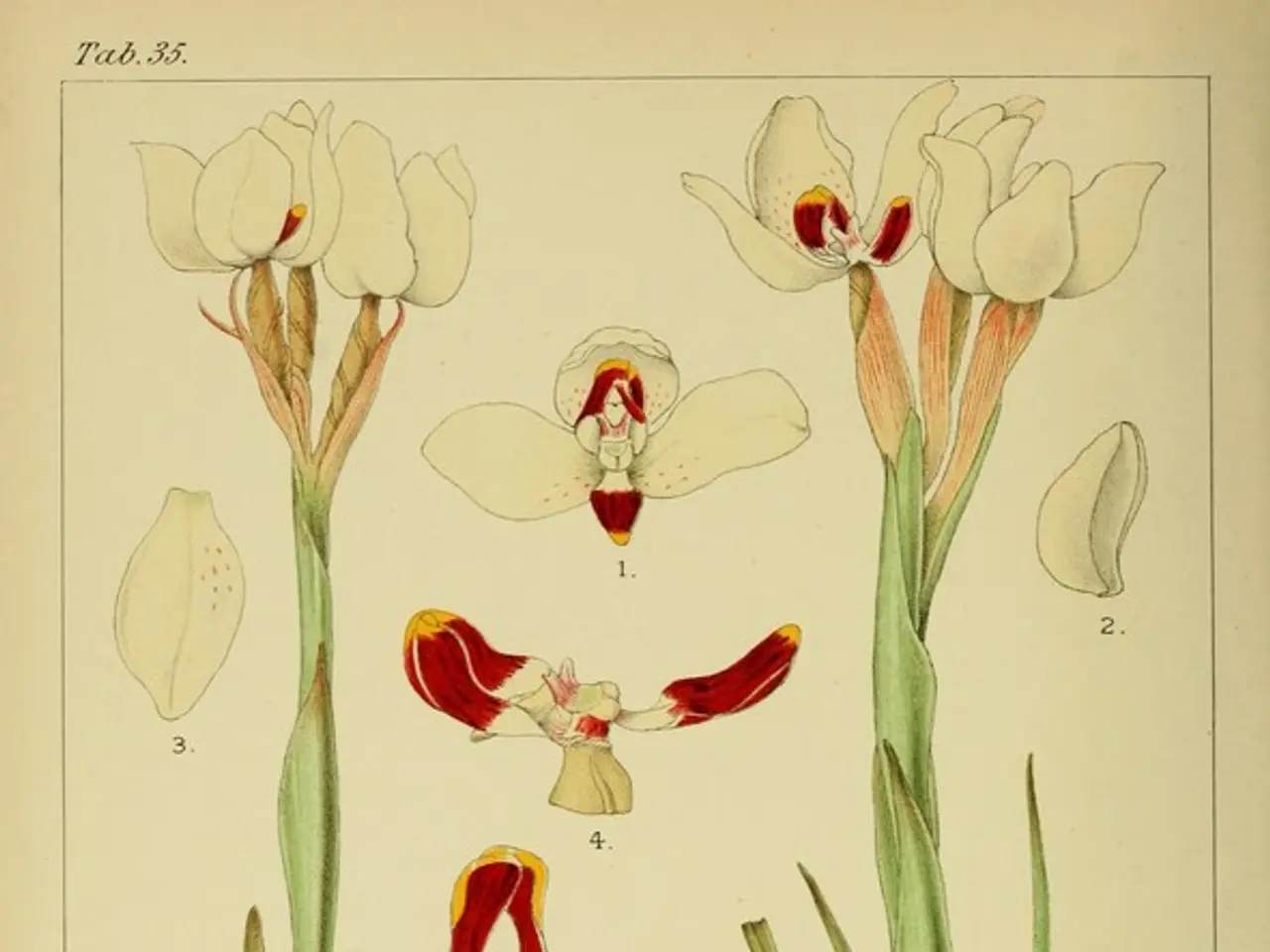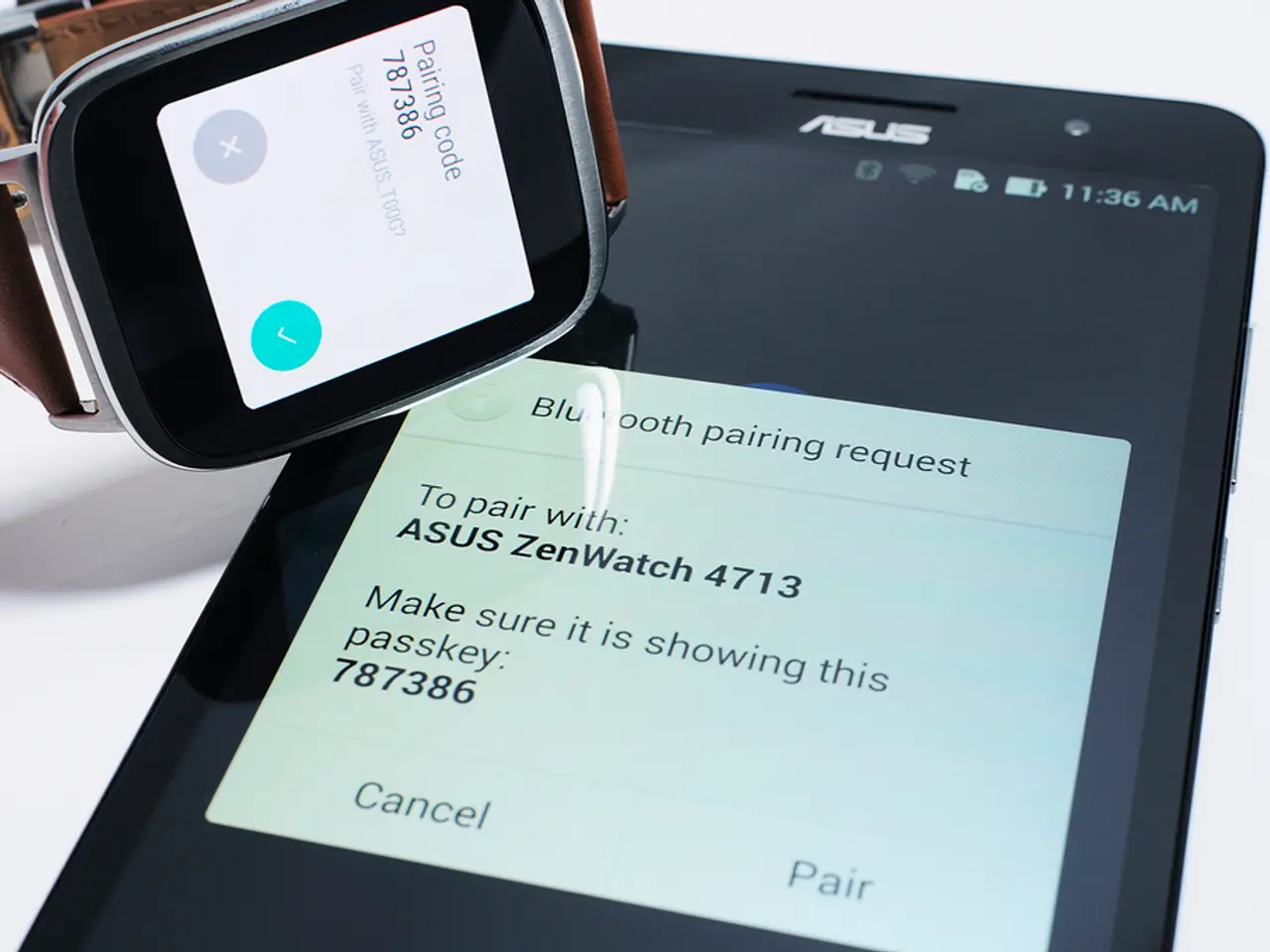Utilizing Sony A7 III's Slower Motion Capabilities: An Exploration of When and How
The Sony A7 III, a popular camera among filmmakers, offers a range of slow-motion features that can elevate your creative travel videos, wedding films, and more. Here's a guide on how to optimise your camera settings for smooth motion capture and high image quality.
To effectively utilise slow-motion footage with the Sony A7 III, you should set the file format to XAVC S HD, which supports slow-motion recording at high quality. Choose a high frame rate, such as 100 fps or 120 fps for slow motion, as these settings slow down footage smoothly when played at standard 25 fps or 30 fps. Adjust your shutter speed to double your frame rate for natural motion blur. For instance, if shooting at 100 fps, set shutter speed to 1/200 sec; for 120 fps, use 1/240 sec.
A low aperture, around f/2.8 or lower, helps achieve a shallow depth of field with a blurry background, adding cinematic appeal. Manually set ISO to a base or moderate value (ISO 320–1600) based on lighting conditions to reduce noise while maintaining exposure. If shooting in S-Log2 or S-Log3, slightly overexpose and use manual white balance to avoid shifting colours during recording.
Employ a variable ND filter to control exposure without affecting shutter speed or aperture, especially in bright outdoor conditions. In post-production, conform the footage to normal playback speed for the slow-motion effect, and consider colour grading if using log profiles to enhance the cinematic look.
Maintaining consistent white balance helps avoid colour shifts in slow-motion clips. Slow motion should be used selectively to emphasise dramatic or action moments effectively. However, it's important to note that slow-motion is not necessarily the best option for anything with audio, such as interviews or exchanging vows.
The author of this approach, who has filmed both a groom seeing his bride for the first time and a belly dancer performing at a surprise 50th birthday party using slow-motion footage, recommends using the Sony A7 III's slow-motion features in creative, artsy edits. The author opts to film at 60 fps (or 120 fps when necessary) then slow it down manually in Final Cut Pro, providing more flexibility for editing based on music and length.
Since purchasing the Sony A7 III, the author has been able to use 120 fps slow-motion, which slows footage down up to five times. Slow-motion can be used for dancing, wedding day first looks, and walking scenes, making the movement even more captivating. The Sony A7 III is better equipped for slow-motion than the Sony A7S II, as it does not crop the sensor when shooting in 120 fps.
For those interested in learning more about adjusting frame rates or using Sony's S&Q mode, a tutorial can be found on AdoramaTV. Recently, Sony Artisan Renan Ozturk has shared his first impressions of the new Sony A7 IV, the next generation of the popular Sony A7 III camera.
It's worth noting that the author does not mention 4K footage in slow motion due to the current limitations of the Sony A7 III. Slow-motion can enhance wildlife scenes on safari, but the opportunity to slow down footage is typically done in post-production, with a frame rate of at least 60 fps.
[1] Source: Tutorials on Sony A7 III slow motion workflows [3] Source: Sony A7 III manual and user guides
- To produce high-quality slow-motion footage with the Sony A7 III, one might set the file format to XAVC S HD and choose a high frame rate such as 100 fps or 120 fps for a smooth slow-down when played at standard 25 fps or 30 fps.
- In addition to these technical settings, using a variable ND filter can help control exposure during bright outdoor conditions, while maintaining a shallow depth of field might add a cinematic appeal by having a blurry background.
- Furthermore, when employing slow-motion, it's recommended to use the Sony A7 III's slow-motion features creatively in artistic edits and to film at 60 fps (or 120 fps when necessary), then slow it down manually in post-production for more editing flexibility.




